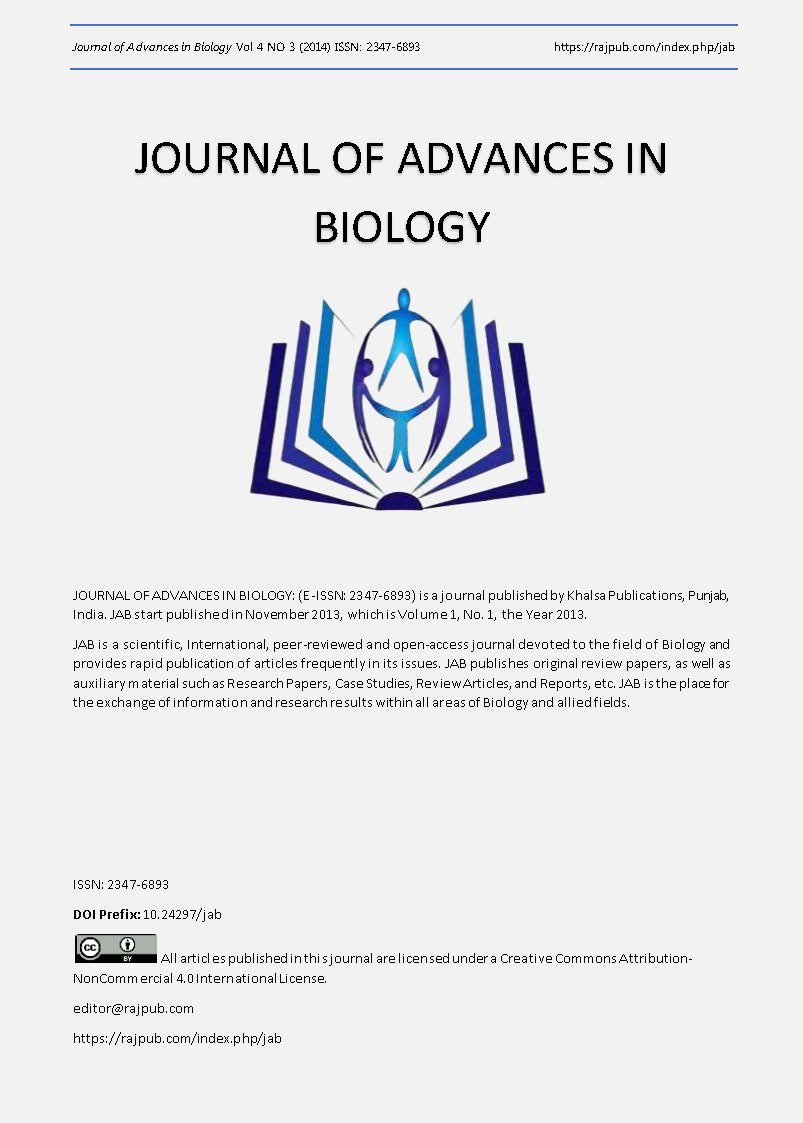The antiseptic effect of Turmeric (Curcuma longa) extraction on the bacterial growth of Escherichia coli (K-12) and Salmonella typhi which cause food poisoning
DOI:
https://doi.org/10.24297/jab.v4i3.3753Keywords:
freshly turmeric powder, Escherichia coli strain K-12, Salmonella typhi, deoxycholate citrate agar, macconky agar.Abstract
Previous research has confirmed that turmeric compounds have antiseptic properties. In this study, the effect of freshly turmeric powder on Escherichia coli strain K-12 and Salmonella typhi was examined. Fresh turmeric powder were mixed with ethanol and centrifuged to produce a supersaturated turmeric solution. The supersaturated turmeric solution with several concentrations was added to macconky agar, which was used to culture Escherichia coli strain K-12, anddeoxycholate citrate agar (DC agar)which was used to culture Salmonella typhi. The growth of the bacteria was studied by microscopic inspection of bacterial colonies. It was found that turmeric powder is an effective antiseptic agent against Escherichia coli K-12 andSalmonella typhi. It was determined that even at low concentrations of 50 microliters of turmeric solution there is a noticeable antiseptic effect. It was also determined that higher concentrations of turmeric had a greater antiseptic property. There were no Escherichia coli K-12 and Salmonella typhi growth beyond a turmeric concentration of 800 microliters 400 microliters respectively.
Downloads
Downloads
Published
How to Cite
Issue
Section
License
 All articles published in Journal of Advances in Linguistics are licensed under a Creative Commons Attribution 4.0 International License.
All articles published in Journal of Advances in Linguistics are licensed under a Creative Commons Attribution 4.0 International License.




